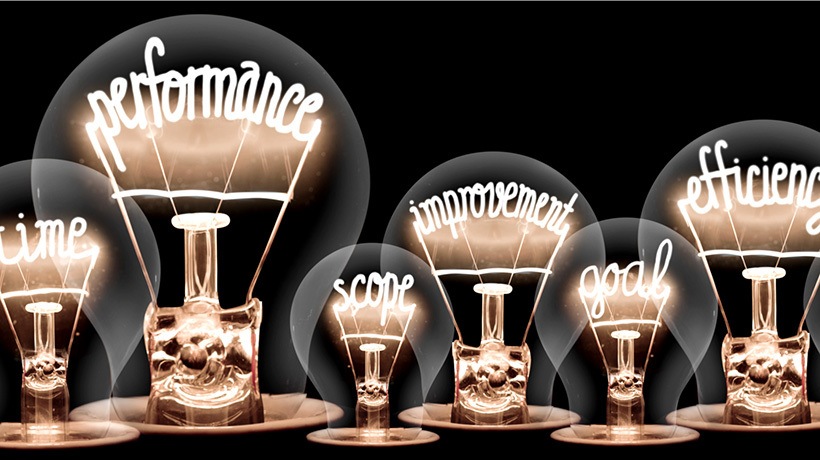Discover How You Can Implement The "Use Framework" For Performance Solutions
Recently, I’ve been thinking about the work that we do within the field of Learning and Development. Usually, we add up all the "things" we’ve produced within a defined timeframe and tell others within our organizations about all the work we’ve done. Unfortunately, many L&D teams talk in terms of outputs instead of outcomes. But what’s the point of making more "things" if they don’t make a difference in terms of the performance of the people who consume them? A big part of the problem is that the starting point and, consequently, the focus of our activities are on the content that we're given by a Subject Matter Expert (SME).
There must be a better way than doing this over and over again.
In my previous two posts (one and two), I reflected on questions that we could ask ourselves to improve the work that we’re doing. Since then, I thought about how I could bring a range of techniques together to answer those questions. As a way to make sense of my thoughts, I’ve come up with a framework that, in my mind at least, does those things. I call it the "Use Framework" for Performance Solutions, and it’s based on 4 simple questions.
Within each question, I’ve attempted to define the components and the activities (that have been developed by others) that will help to answer the question.

1. Who Are The Users?
This question unpins the others. It’s the foundation for the work we do. How can we improve people’s performance if we don’t find out about them and what their working world looks like? What are their characteristics? What’s their context? How are they currently performing and why? What’s the desired performance required?
Users also play an important role in helping to answer the other questions in the framework rather than just relying on Subject Matter Experts or our own perceptions. They also play an important role in testing solutions as they are being developed.
2. Is It Useful?
How can we create something that will be helpful in improving performance? For something to be useful, it needs to have a purpose and solve a problem for the end-user. Maybe the underlying problem can’t be solved by L&D at all—and that's ok. It also needs to be relevant to the role that the person is performing.
3. Is It Usable?
This question covers a broad range of topics about the solution itself: the experience of using it, the ease of use, accessibility considerations, how it’s written and that it uses evidence-based learning design.
4. Is It Used?
How can we ensure our solutions can be found and easy to use when needed? How do we know it’s making a difference? For this section, I’ve split it into three parts. The first is making people aware of the existence of the solution including nudges when the time is right. Secondly, people need to be able to find the solution and use it when they need it. Thirdly, we need to find out the impact the solution is having. What are people doing differently now? Gathering data will inform us of the change and will tell us where improvements need to be made.
When I conceptualized the framework, I wanted something that could be applied across a range of solutions, whether it's a video, curated content, online module, webinar, checklist, knowledgebase, or whatever. I believe that we need to move on from thinking about one solution being "better" than another and focus on designing and creating what's needed to improve the performance of the users we're working with.
Due to the range of activities required in the framework, I'm planning some follow-up blog posts that bring together some curated resources to help with the "how" section of each question. It's a challenge to be across and proficient at everything, so the resources will be a starting point. Some feedback I’ve already received suggested that the framework could also be used in discussions with stakeholders (which it could, I hadn’t thought of that). It’s is a work in progress so it will continue to evolve as I refine my thinking. But for now, it makes sense to me. What do you think?








